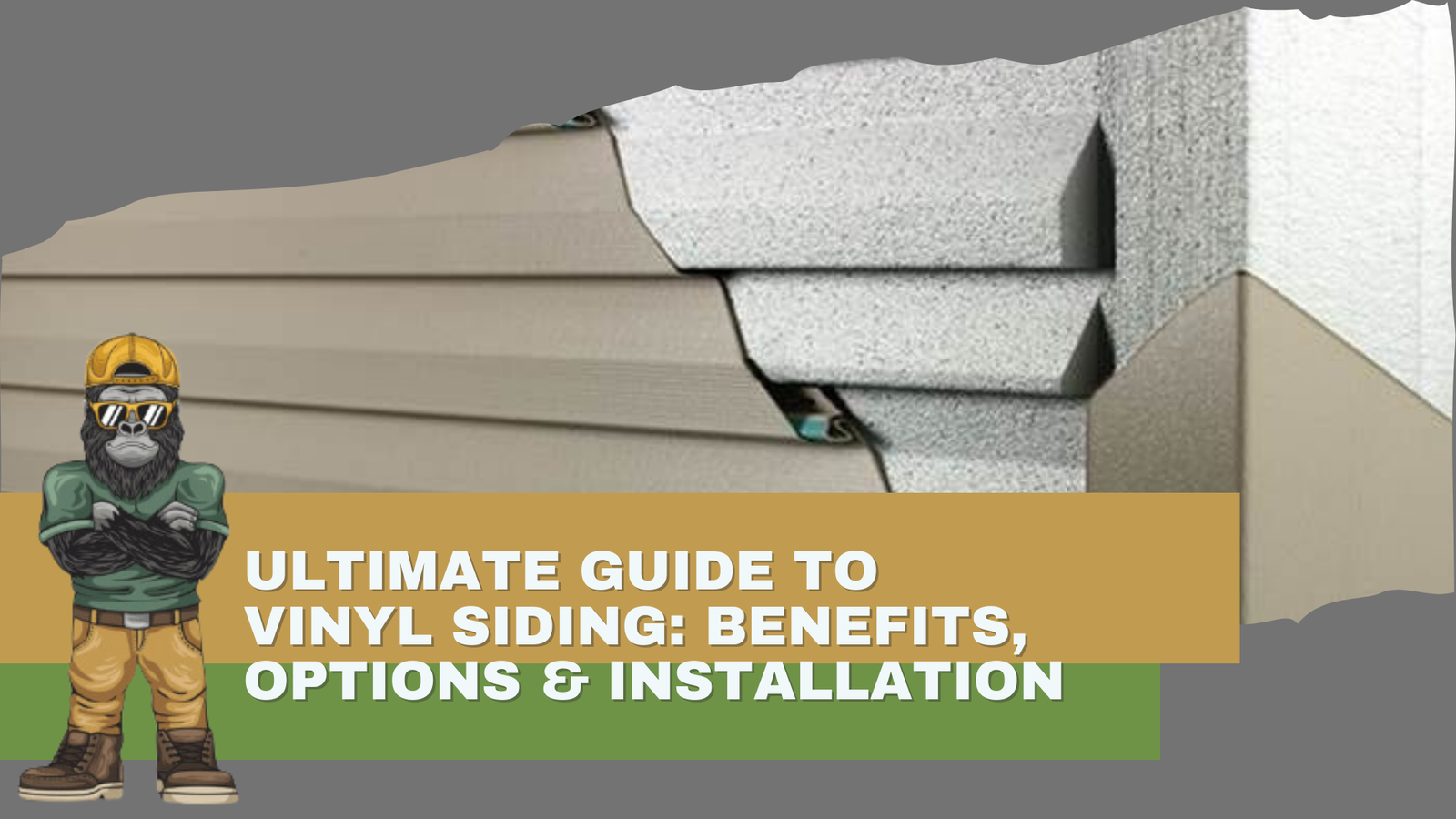Don’t Gamble on Your Outdoor Oasis: A Guide to Choosing the Right Deck Contractor An outdoor living space is more...
The Gorilla Experience - Trust, Quality, and a Commitment to Excellence!
Blog
- All Posts
- Commercial Roof
- Damaged Roof
- Exterior Guides
- Gutter
- Gutter Guard
- Roof Contractor
- Roof Inspection
- Roof Installations
- Roof Material
- Roof Replacement
- Roof Ventillation
- Roofing Guides
- Windows
Top Deck Design Trends in 2025 for Outdoor Living: Elevate Your Home with Gorilla Exterior CO. Outdoor living spaces have...
Transform Your Home: Top Fiber Cement Siding Styles & Colors for Modern Aesthetics In the quest for the perfect modern...

What Is Fiber Cement Siding? Pros, Cons & Why It’s a Top Choice for Homeowners Homeowners today have more exterior...

How to Maintain Your Deck & Keep It Looking New A well-designed deck adds warmth, functionality, and style to any...

Ultimate Guide to Vinyl Siding: Benefits, Options & Installation Vinyl siding is one of the most popular exterior siding choices...
Importance of Regular Roof Inspections for Homes in West Chester, PA For homeowners in West Chester, PA, regular roof inspections...
How Humidity Affects Roof Longevity in York, PA York, PA, experiences high humidity levels throughout the year, particularly in the...
Essential Tips for Protecting Your Roof from Snow and Ice in Lancaster, PA Winters in Lancaster, PA, bring beautiful snowy...
Copyright 2025 Gorilla Exterior CO. | Privacy & Terms




